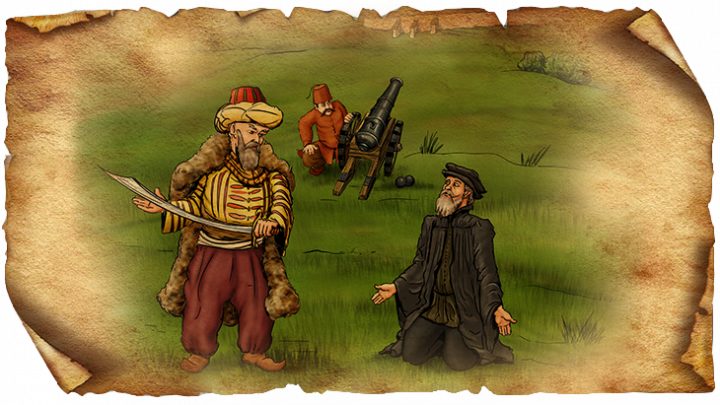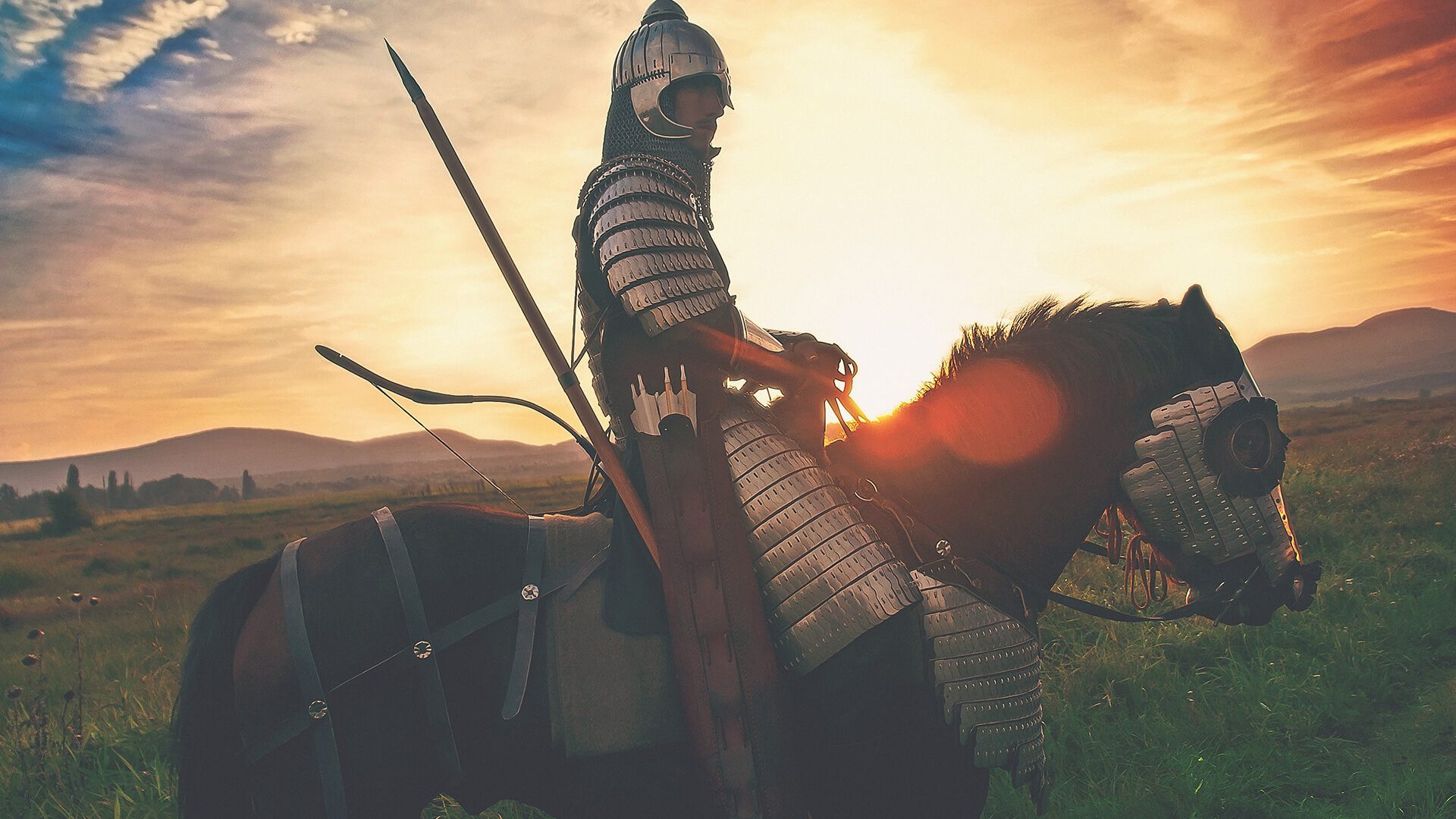Faded stories from Voivodeni

Vajdaszentivány, south of Szászrégen / Reghin, is famous for its dances and the Zichy House and the Saté Lake. According to folk tradition, an old, fortified church was destroyed by a group of occupants during the Turkish subjection. At that time the village was called Szentiván / Saint Ivan, and its name was presumed to have been given to Bethlen Domokos from Transylvanian Voivode or Bethlen Elek Vice Voivode.
During the siege of the fortress church, the defenders were led by a priest who had lived in Turkish captivity for a long time, and taught Hungarian to Ali Basha, who was at the head of the army attacking the village. The warlord priest instructed the defenders to keep the patrols out of battle, only to signal the arrival of the cavalry and the Turkish corps following them. The patrols, however, did not listen to him: they attacked the cavalry and killed three of them - for that reason Ali started to canon the church and won the battle. He offered mercy to his former teacher, but this was rejected by the priest, so he also fell victim to the destruction of the Turks.
The people who died in the battle were buried on the hill of the destroyed sanctuary, and a stone plate keeps their memory green on the wall of the new church.
The church of Voivodeni was probably built in the 13-14th century. It was rebuilt over the centuries, and transformed from Roman Catholic to Reformed, as many churches in Transylvania and Hungary. At the end of the 1700s, and in 1829, a fire destroyed the settlement, which made again necessary the rebuilding of the church.
There is no doubt that for tourists the much-visited church is one of the top attractions in Vajdaszentivány. The other important facility is the Zichy Castle, which was built in the age of the church reconstruction, in the 18th century and at the turn of the 19th century, as evidenced by its building style.
The castle consists of two main parts: a monumental, arcade-lined porch wing with classicist style features, and a so-called baroque-style building with column halls with tympanum. The building was originally owned by the Bethlens, and then became the property of János Kemény, until finally the Zichy family bought it at the end of the 19th century. It was nationalized in the period of communism, and it was renovated two decades after the regime change, and a cultural center was established there.
One of the most famous events of Vajdaszentivány is the dance camp organized annualy since 1997, where many folk and folk dance lovers come from abroad - not only to learn the characteristic and unique dance of Vajdaszentivány, but also to admire the picturesque buildings and its surroundings.
During the siege of the fortress church, the defenders were led by a priest who had lived in Turkish captivity for a long time, and taught Hungarian to Ali Basha, who was at the head of the army attacking the village. The warlord priest instructed the defenders to keep the patrols out of battle, only to signal the arrival of the cavalry and the Turkish corps following them. The patrols, however, did not listen to him: they attacked the cavalry and killed three of them - for that reason Ali started to canon the church and won the battle. He offered mercy to his former teacher, but this was rejected by the priest, so he also fell victim to the destruction of the Turks.
The people who died in the battle were buried on the hill of the destroyed sanctuary, and a stone plate keeps their memory green on the wall of the new church.
The church of Voivodeni was probably built in the 13-14th century. It was rebuilt over the centuries, and transformed from Roman Catholic to Reformed, as many churches in Transylvania and Hungary. At the end of the 1700s, and in 1829, a fire destroyed the settlement, which made again necessary the rebuilding of the church.
There is no doubt that for tourists the much-visited church is one of the top attractions in Vajdaszentivány. The other important facility is the Zichy Castle, which was built in the age of the church reconstruction, in the 18th century and at the turn of the 19th century, as evidenced by its building style.
The castle consists of two main parts: a monumental, arcade-lined porch wing with classicist style features, and a so-called baroque-style building with column halls with tympanum. The building was originally owned by the Bethlens, and then became the property of János Kemény, until finally the Zichy family bought it at the end of the 19th century. It was nationalized in the period of communism, and it was renovated two decades after the regime change, and a cultural center was established there.
One of the most famous events of Vajdaszentivány is the dance camp organized annualy since 1997, where many folk and folk dance lovers come from abroad - not only to learn the characteristic and unique dance of Vajdaszentivány, but also to admire the picturesque buildings and its surroundings.
